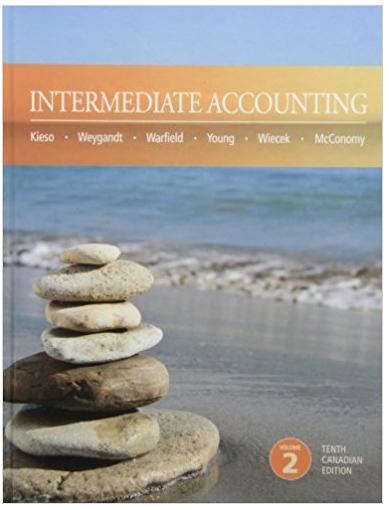The Magna International Inc. financial statements for the year ended December 31, 2011, can be found on
Question:
Instructions
(a) The company has many different types of shares authorized, issued, and/or outstanding at the end of 2011. Prepare a chart that shows the following: name of share class, number of authorized shares, number of issued and outstanding shares, number of votes per share, and rights in terms of dividends.
(b) Why would a company structure its capital in this way? Is there a need for the various classes of shares? How does this structure compare with prior years?
(c) Calculate the average book value per share for the 2010 and 2011 year ends. Compare these values with the closing share price at each year end.
(d) Describe the various types of share transactions that occurred from 2009 to 2011.
(e) How much was paid in dividends during 2011, and what kinds of dividends were paid?
(f) For 2010 and 2011, calculate the rate of return on shareholders' equity, the payout ratio, and the price earnings ratio based on the closing share price for the year end. Comment on the amounts calculated.
(g) Examine the Capital Disclosure note. What are the company's objectives in managing its capital? How does it measure its capital and what is included in capital?
Financial Statements
Financial statements are the standardized formats to present the financial information related to a business or an organization for its users. Financial statements contain the historical information as well as current period’s financial...
Fantastic news! We've Found the answer you've been seeking!
Step by Step Answer:
Related Book For 

Intermediate Accounting
ISBN: 978-1118300855
10th Canadian Edition Volume 2
Authors: Donald E. Kieso, Jerry J. Weygandt, Terry D. Warfield, Nicola M. Young, Irene M. Wiecek, Bruce J. McConomy
Question Posted:





